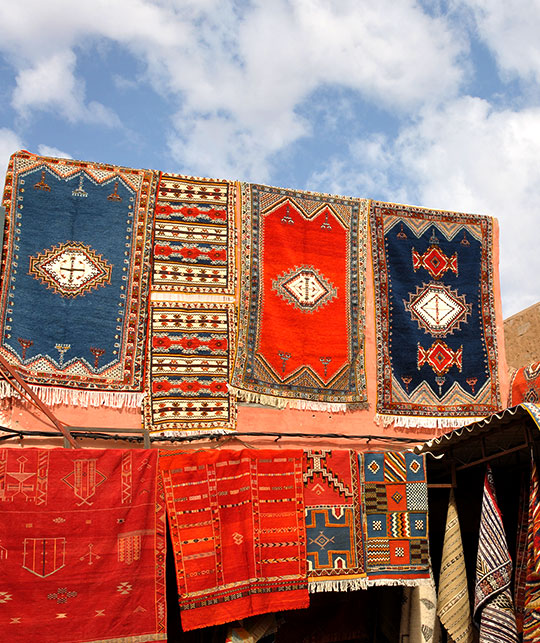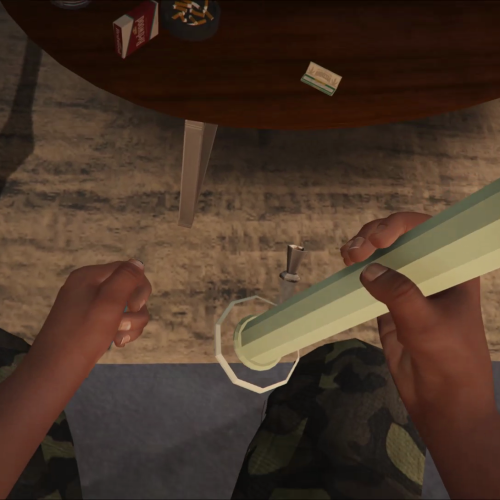A couple of weeks ago, MILLE was invited to visit the seventh edition of the Moroccan National Handicrafts Week in Marrakesh. The event, held for the first time since the beginning of the pandemic, made a memorable comeback after a two-year-long hiatus, as it was bigger and better than previous iterations given the time and effort put into it during the Coronavirus-induced break. That time off was clearly not synonymous with any holidays or vacation, as the event opened a new chapter in the North African Kingdom’s history, hitting more than just two birds with their skimming stone.
Organized under the patronage of His Majesty the King Mohammed VI, the dedicated week was established to place the onus on the country’s artifacts and artisans that both arguably make Morocco’s global fame, in order to develop the industry on a national level all while promoting it on international markets.
Getting underway from Dec. 5until Dec. 7, 2022, the global meeting was on a mission to take root as a platform where buyers, sellers, and designers collectively interact and exchange to birth new alliances and strategic links around the themes of innovation and design on top of creating new distribution channels.
“After two years of interruption following the Covid-19 pandemic, this 7th edition is part of the new strategy of the Ministry of Tourism, Handicrafts and Social Economy and Solidarity aiming to promote the artisanal product on the local market while accelerating international commercial partnerships,” said Mohamed Msellek, Secretary General of the Ministry of Tourism, Handicrafts and Social and Solidarity Economy.
In numbers, Msellek stressed how instrumental the sector is to the Moroccan microcosm, detailing the ins and outs of the commerce that make natives of the state so proud. According to him, the industry is made of 172 disciplines, employs over 2.4 million citizens (22% of the active population), and takes up to 7% of the country’s GDP. In other words, the world of traditional art and culture is a vital organ in the life of many, and given the recent efforts shown by the government, officials only seem keen on capitalizing on it even further as well as bolstering the areas that need the most support.
As much as we know how precious and rich our culture and ensuing crafts are, it’s also important for the world to be aware of what we have to offer too. In Marrakech, for the opening day of the National Handicrafts Week, two major cooperation deals were struck in front of our eyes, inking a partnership that will hopefully bring the Kingdom’s traders and makers of these products to a whole other level.
Now set to be working hand-in-hand with Galeries Lafayette Haussmann in Parisand El Corte Ingles in Lisbon, two major department stores in Europe, company representatives agreed on importing a large selection of authentic and traditional Moroccan products in the times to come and promote a culture that is still foreign for some despite the geographical proximity between them.
Punctuated with a slew of masterclasses and seminars, a special focus was also put on preparing the next generation to take over, for them to be able to learn from their peers and safeguard century-old practices that are at risk of disappearing in the age of digitalization. Some of the efforts expected to be set up and put in place include the development of vocational training courses to make them more accessible while enlarging the capacity of relevant institutes from 16,000 to 30,000 by 2026 to ensure that the country’s youth is at the center of the Kingdom’s future pride.
Although most around me that day were well-experienced and beyond the age of being able to speak in the youth’s name, their focus and intention were clear: paving a better path for Morocco’s tomorrow was on everyone’s lips and minds. Given the aura and scale of the event, with the promised efforts, the Kingdom’s future is bright.









